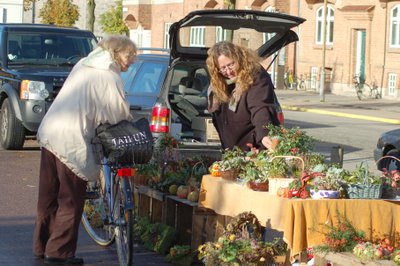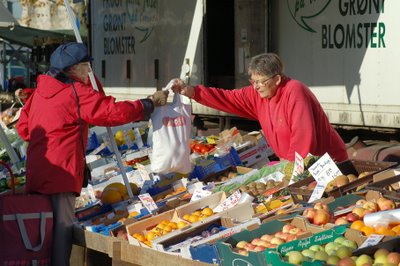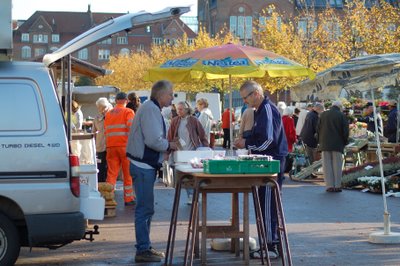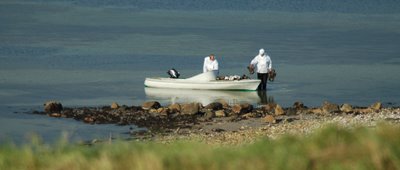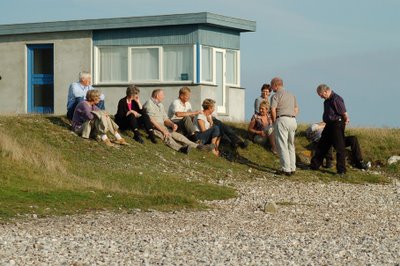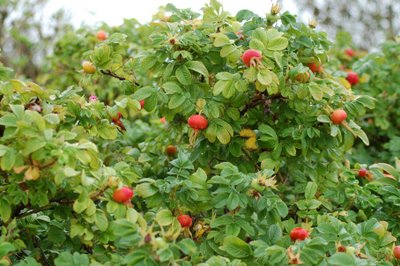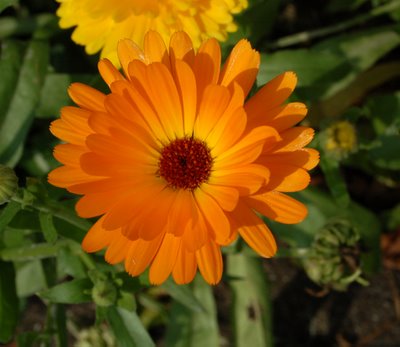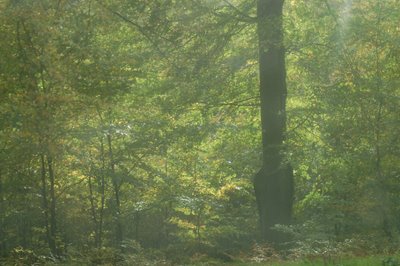
The mild rain softens the colours - and the forest is still holding on to the green dress -
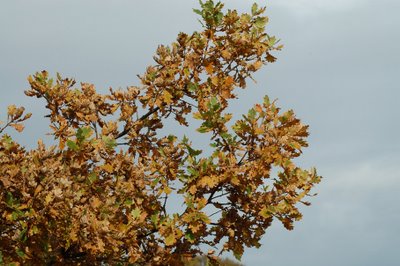
- but the oak is following the golden autumn fashion like always

The Fisherman's Cottage by Moesgård

A leftover from the Viking festival?

Moesgård Beach in a gentle October rain.

Don't we all love to look at the sea - even the dog.

The young family father from the beach was very kind. He made his Staffordshire Bull Terrier pose for a photo. It looks like a prize winner.

A Red Admiral has found some fermented apples under the leaves
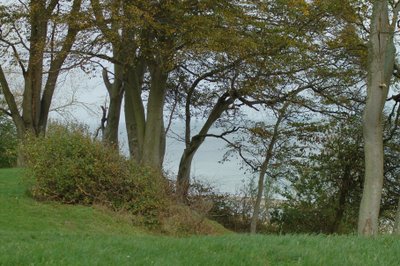
The sea is there behind the trees, but not in its blue mood.

Dødehuset, a replica of a 'Death House' from Iron Age.
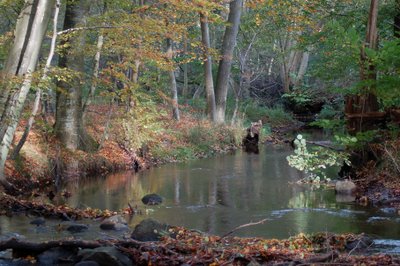
Giberåen, the water stream through 'Moesgård Skov'

The little dachshund had been carrying a wooden stick in his mouth for miles and was extremely proud about this, but when he came to the bridge he got too curious and lost the stick into the water. Mom is catching it with her umbrella. Will she get it for him?
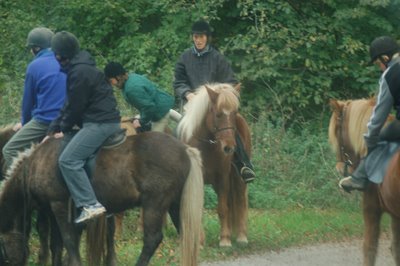
Ready for a ride in the wood

One of the lovely horses

Skovmøllen, the old restaurant
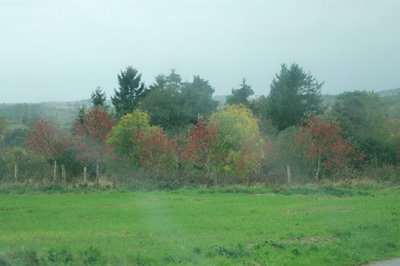
well, autumn colours in the rain through the car window !
photo: grethe bachmann









